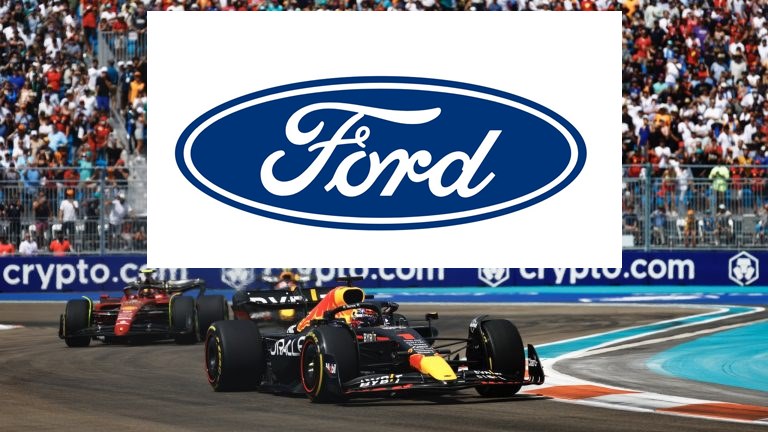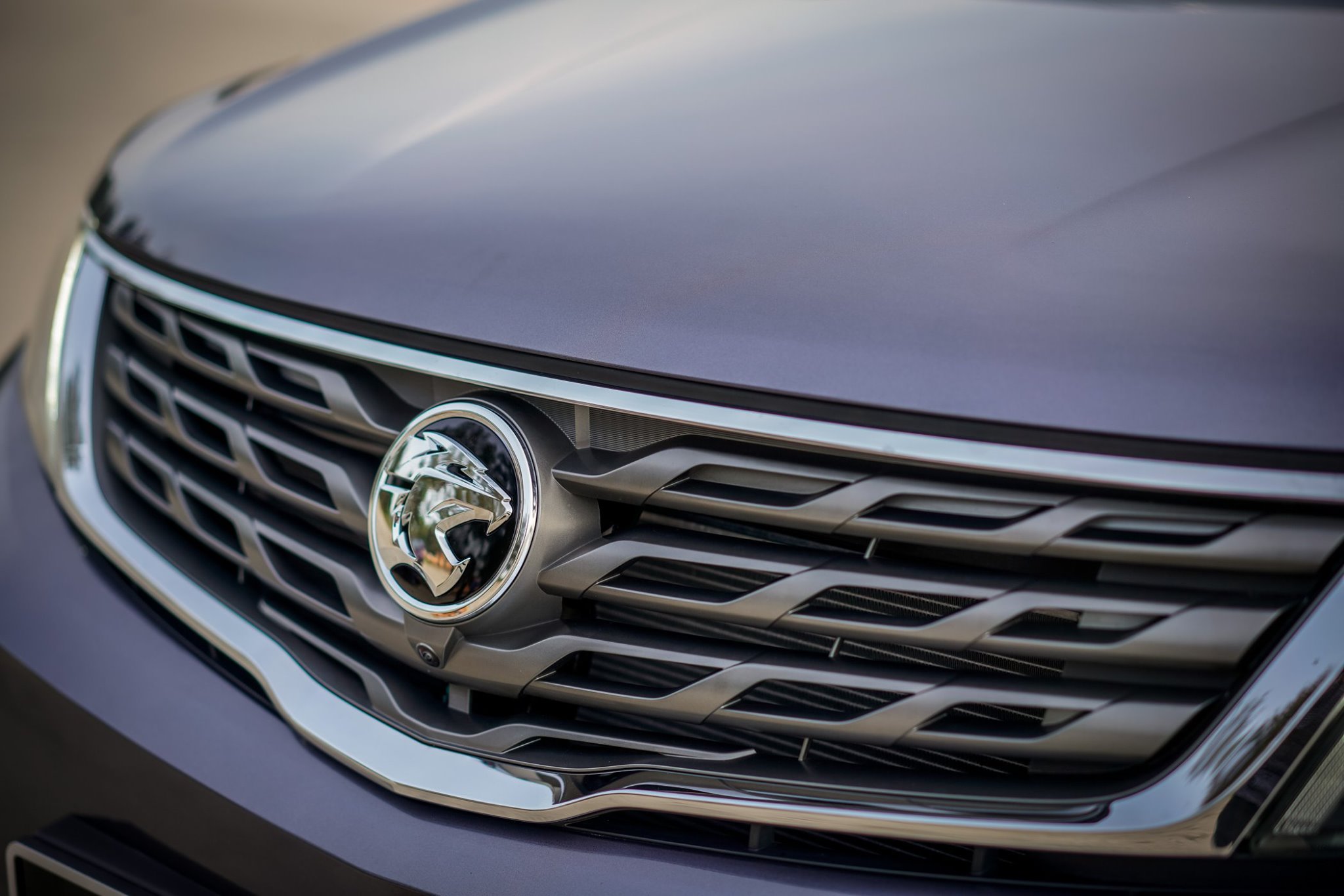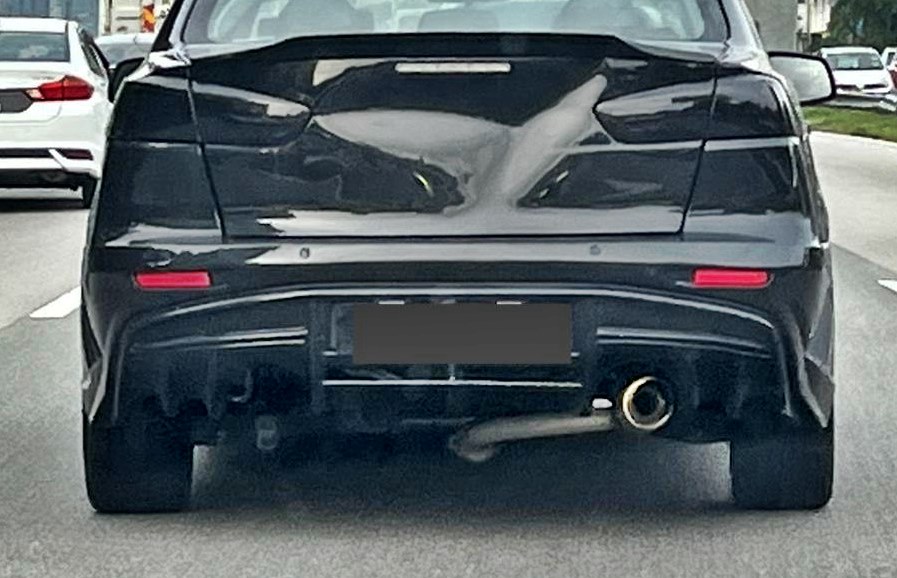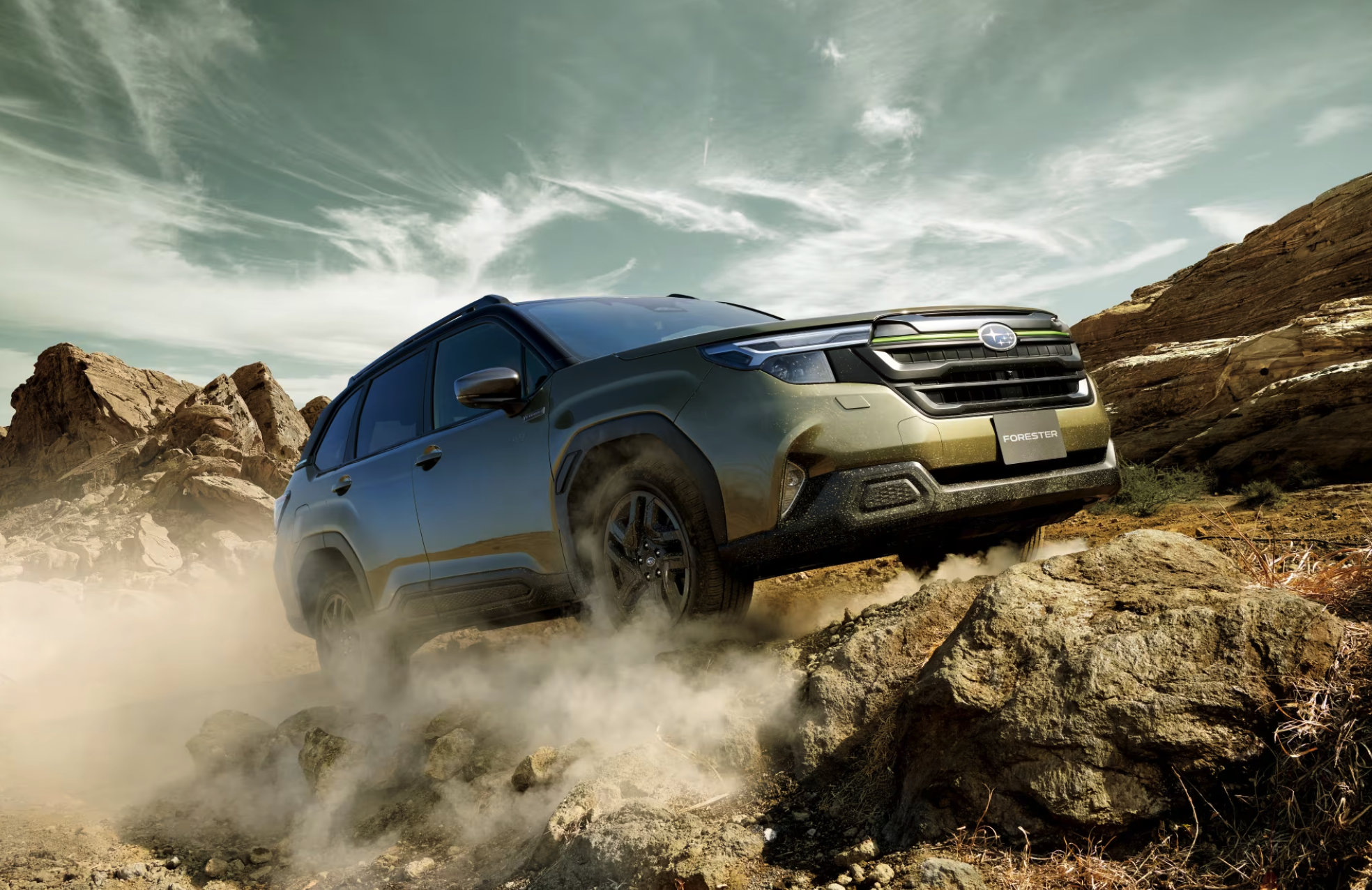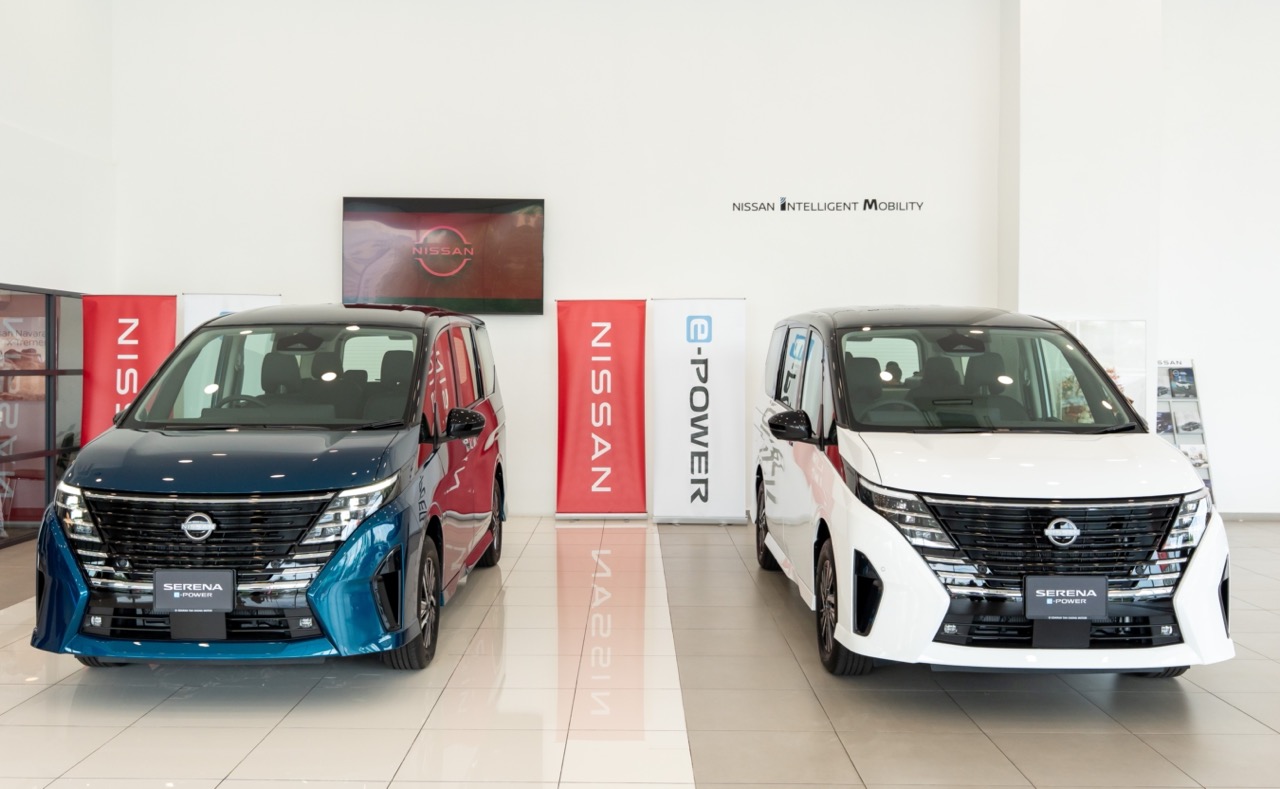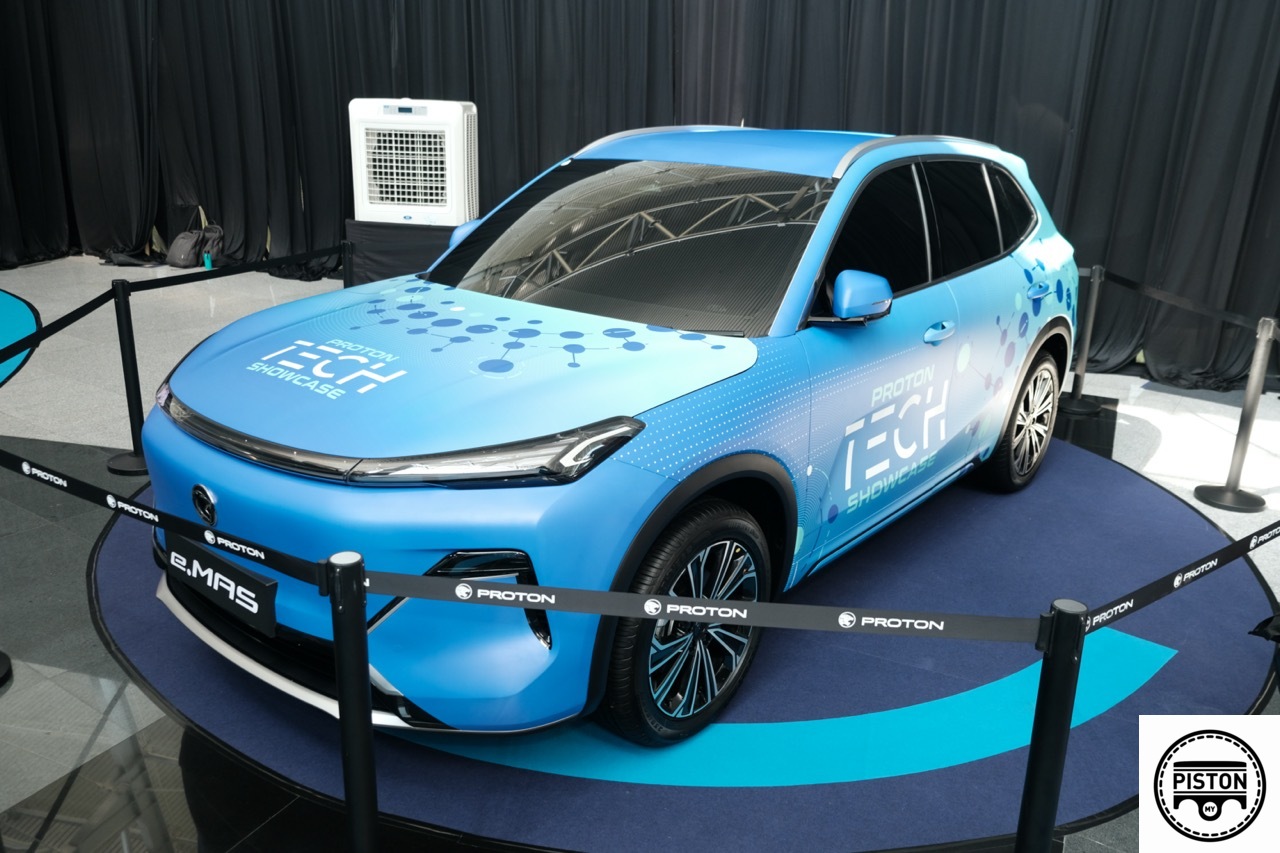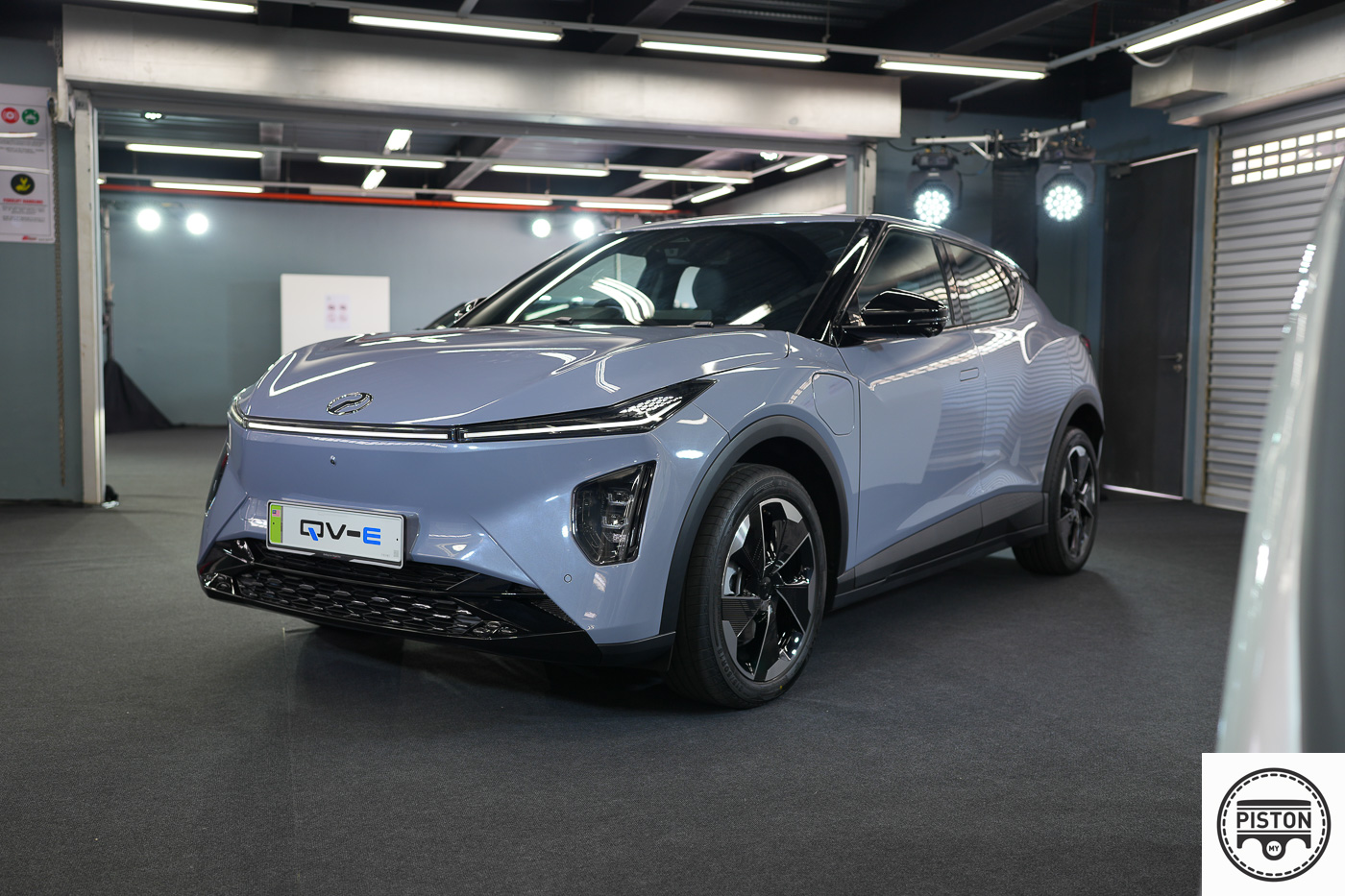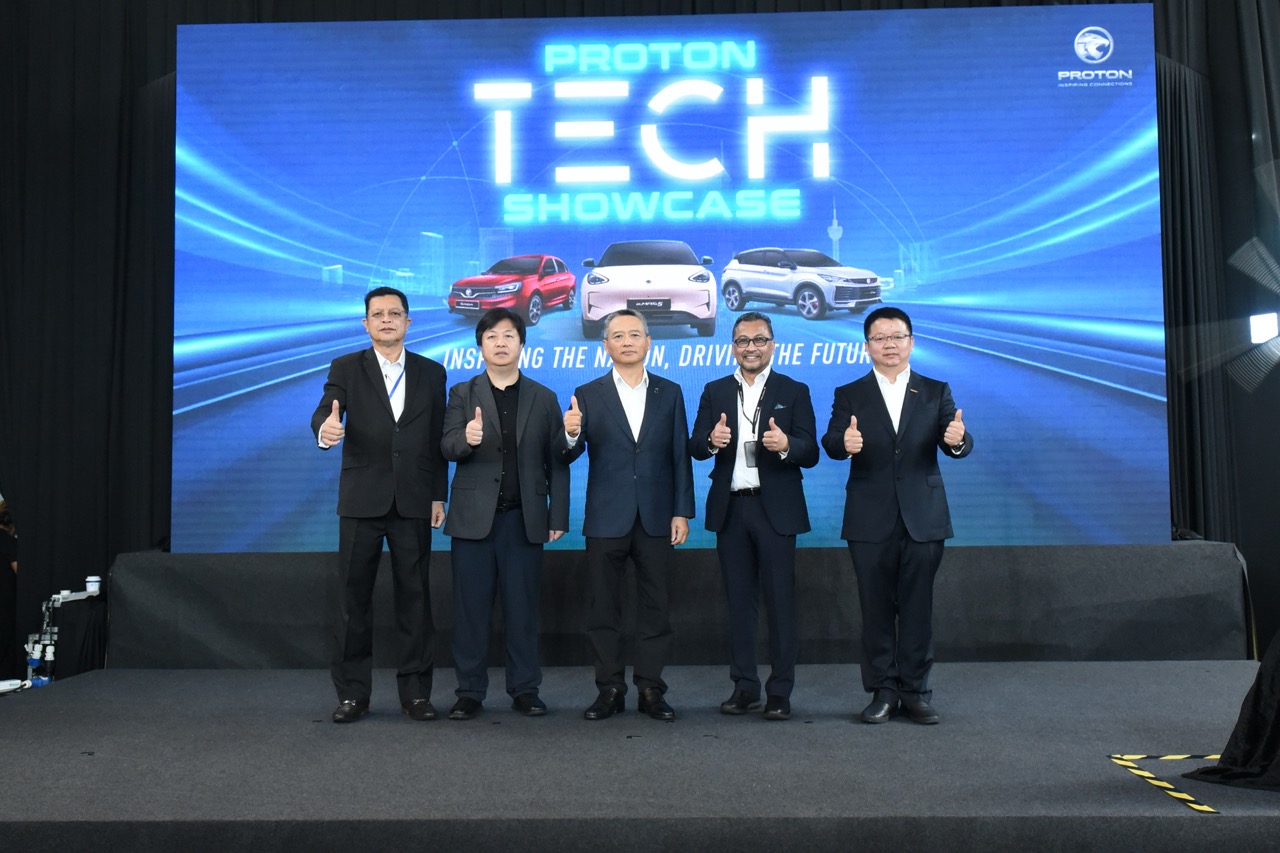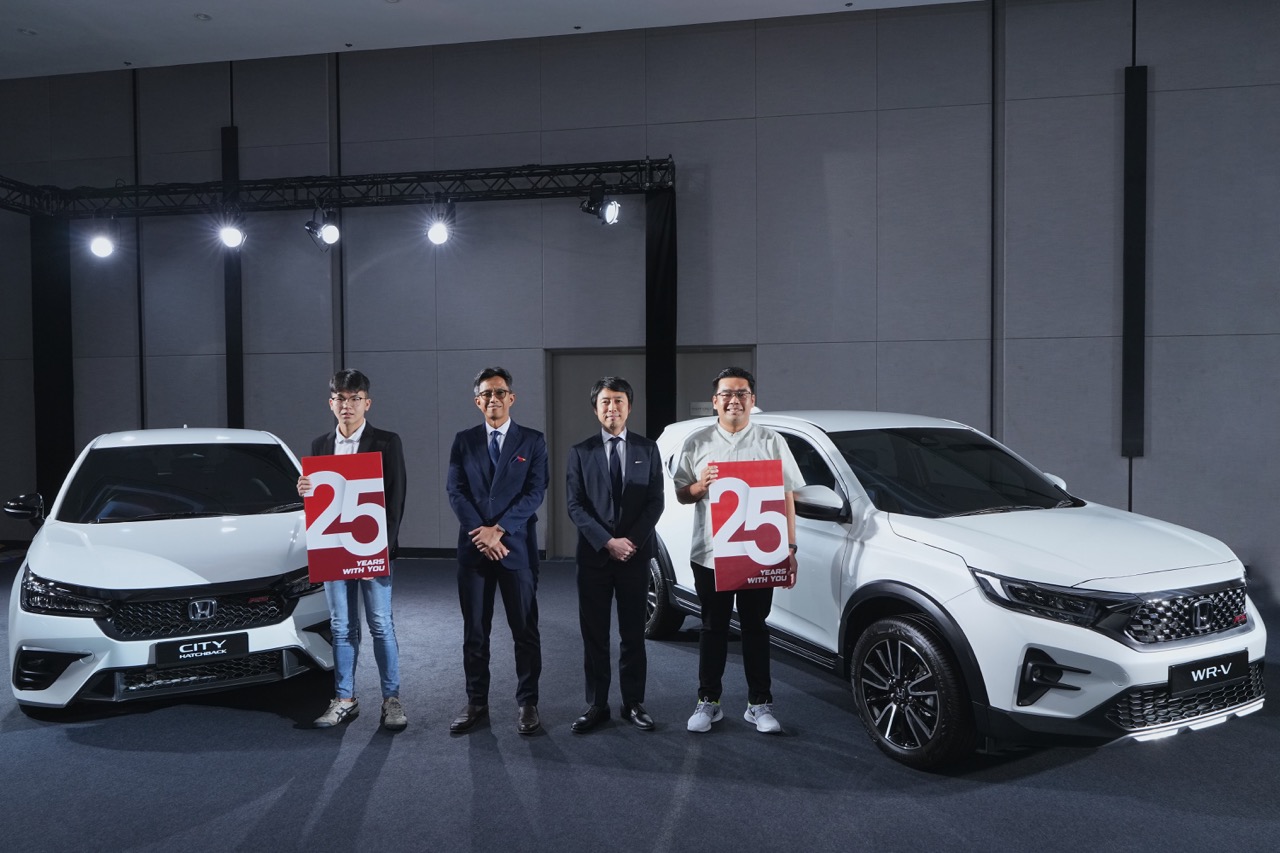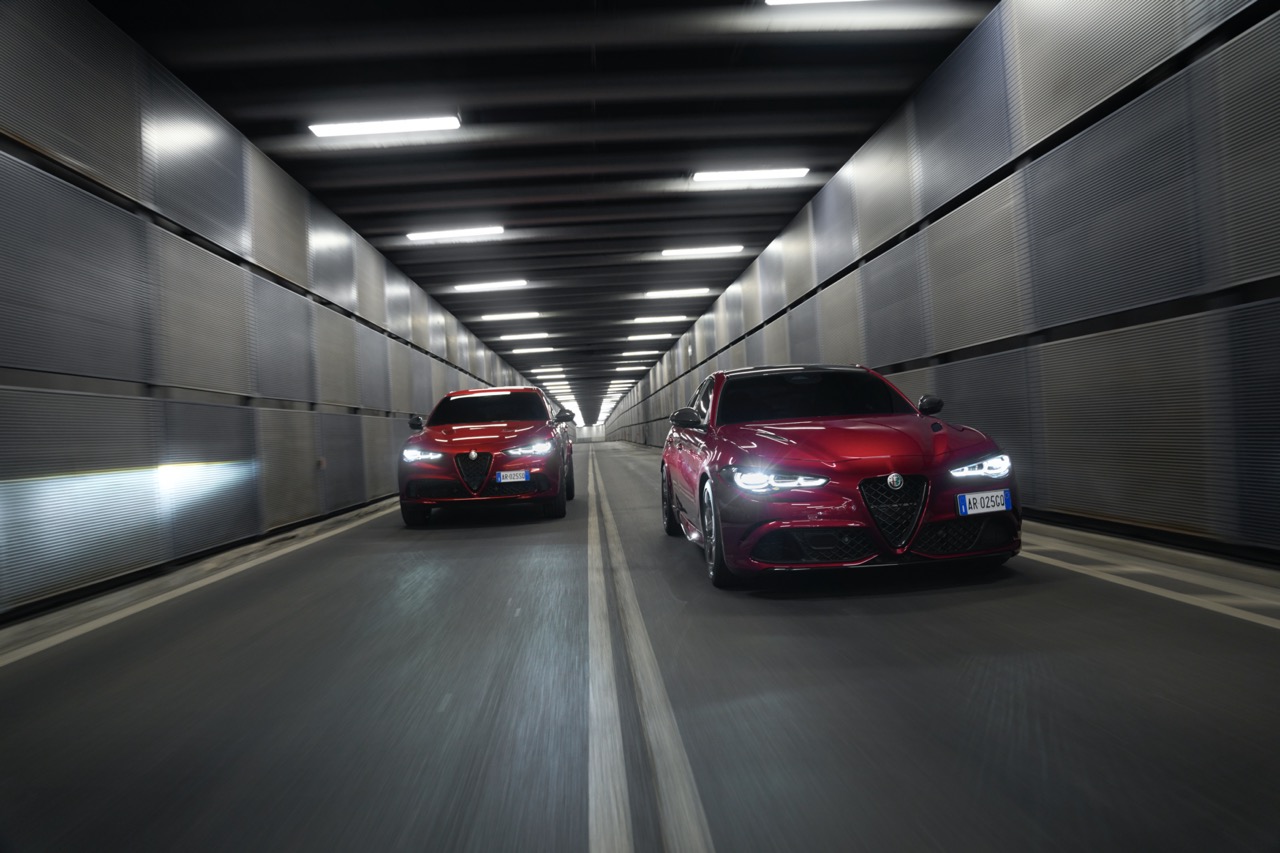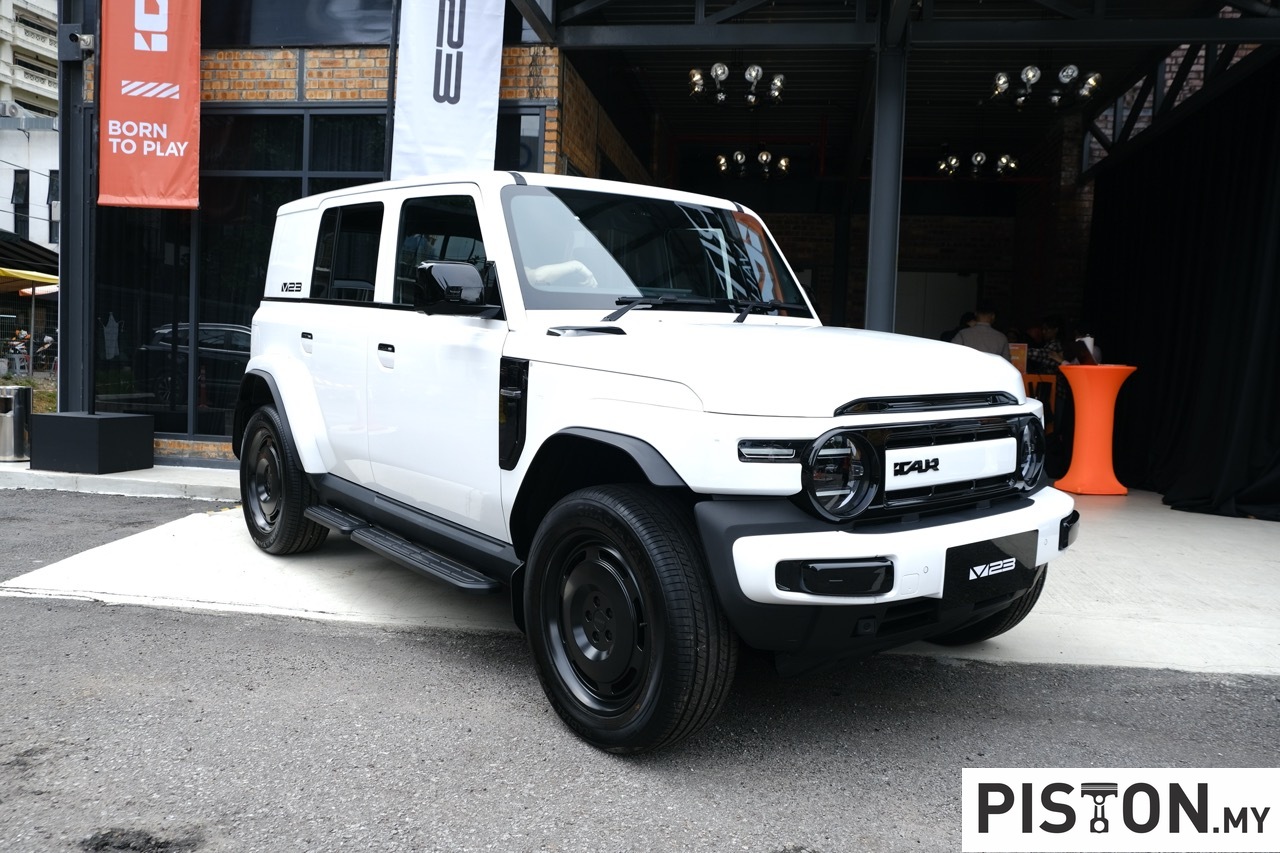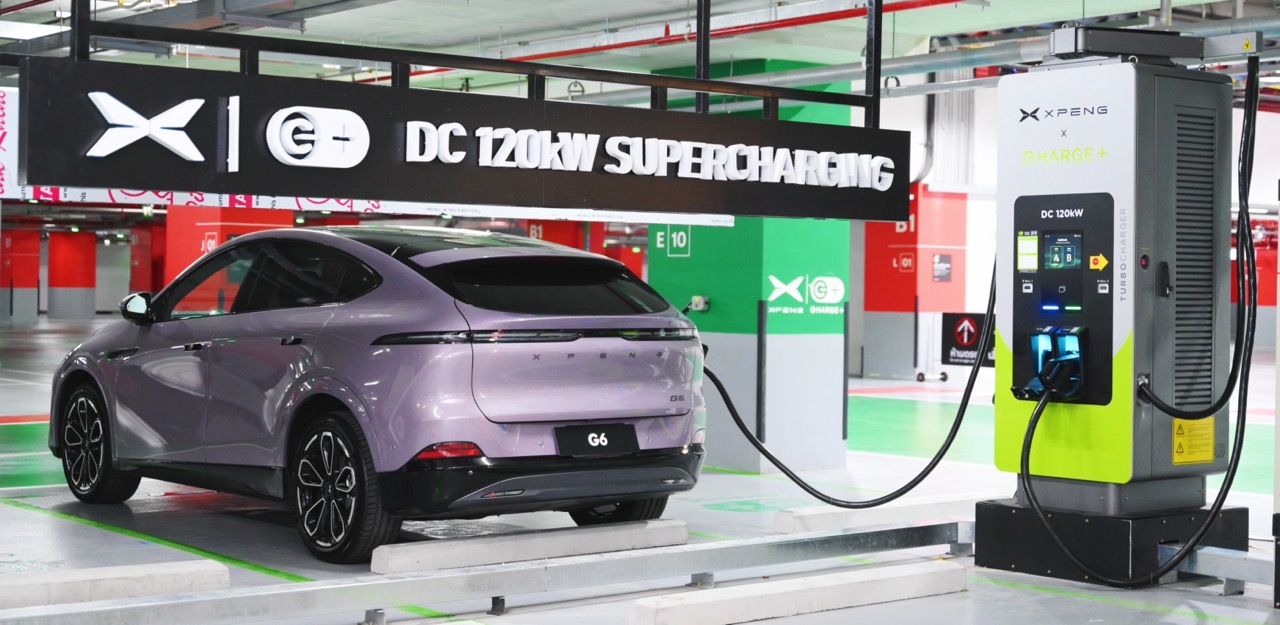As the teams begin their phased unveiling of the new cars for the 2023 Formula 1 World Championship, the FIA has also confirmed that 6 manufacturers have registered as Power Unit Suppliers for the 2026 – 2030 seasons of the championship.
The manufacturers that will supply the F1 power units are Alpine Racing, Audi, Ferrari, Honda Racing Corporation, Mercedes-AMG High Performance Powertrains and Red Bull Ford. It’s interesting that Honda has signed up to be an engine manufacturer after 2025 when Red Bull Racing, which will use its engines until then, will switch to a new power unit jointly developed with Ford (and so will Scuderia AlphaTauri).
(more…)


